The research discovery platform ScienceOpen and Pensoft Publishers have entered into a strategic collaboration with the aim of strengthening the companies’ identities as the leaders of innovative content dissemination. The new cooperation will focus on the unified indexation, the integration of Pensoft’s ARPHA Platform content into ScienceOpen and the utilization of novel streams of scientific communication for the published materials.
Pensoft is an independent academic publishing company, well known worldwide for bringing novelty through its cutting-edge publishing tools and for its commitment to open access practices. In 2013, Pensoft launched the first ever, end-to-end, XML-based, authoring, reviewing and publishing workflow, now upgraded to the ARPHA Publishing Platform. As of today, ARPHA hosts over 50 open access, peer-reviewed scholarly journals: the whole Pensoft portfolio in addition to titles owned by learned societies, university presses and research institutions.
As part of the strategic collaboration, all Pensoft content and journals hosted on ARPHA are indexed in the ScienceOpen’s research and discovery environment, which puts them into thematic context of over 60 million articles and books. In addition, thousands of articles across more than 20 journals were integrated into a “Pensoft Biodiversity” Collection. Combined this way, the content benefits from the special infrastructure of ScienceOpen Collections, which supports thematic groups of articles and books equipped with a unique landing page, a built-in search engine and an overview of the featured content. The Collections can be reviewed, recommended and shared by users, which facilitates academic debate and increases the discoverability of the research.
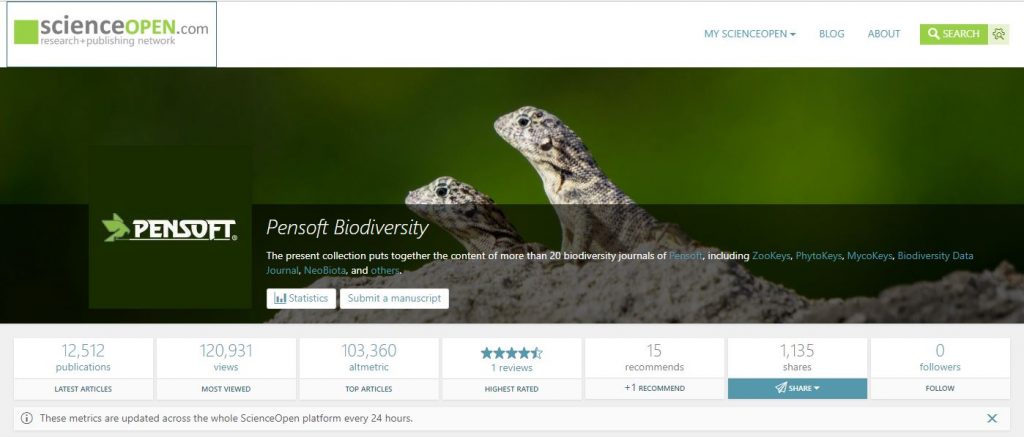
“It is certainly great news and a much-anticipated milestone for Pensoft, ARPHA and our long-year partners and supporters from ScienceOpen to have brought our collaboration to a new level by indexing the whole ARPHA-hosted content at ScienceOpen,” comments Pensoft’s and ARPHA’s CEO and founder Prof. Lyubomir Penev. “Most of all, the integration between ARPHA and ScienceOpen at an infrastructural level means that we will be able to offer this incredible service and increased visibility to newcoming journals right away. On the other hand, by streaming fresh and valuable publicly accessible content to the ScienceOpen database, these journals will be further adding to the growth of science in the open.”
Stephanie Dawson, CEO of ScienceOpen says, “I am particularly excited to add new high-quality, open access biodiversity content from Pensoft Publishers to the ScienceOpen discovery environment as we have a very active community of researchers on ScienceOpen creating and sharing Collections in this field. We are looking forward to working with Pensoft’s innovative journals to support their open science goals.”
The collaboration reflects not only the commitment of both Pensoft and ScienceOpen to new methods of knowledge dissemination, but also the joint mission to champion open science through innovation. The two companies will cooperate at a strategic level in order to increase the international outreach of their content and services, and to make them even more accessible to the broad community.
###
About ScienceOpen:
From promotional collections to Open Access hosting and full publishing packages, ScienceOpen provides next-generation services to academic publishers embedded in an interactive discovery platform. ScienceOpen was founded in 2013 in Berlin and Boston by Alexander Grossmann and Tibor Tscheke to accelerate research communication.

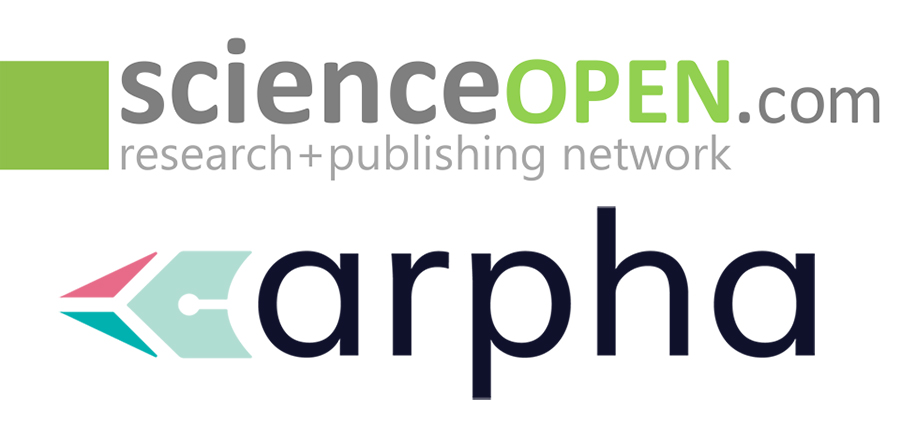

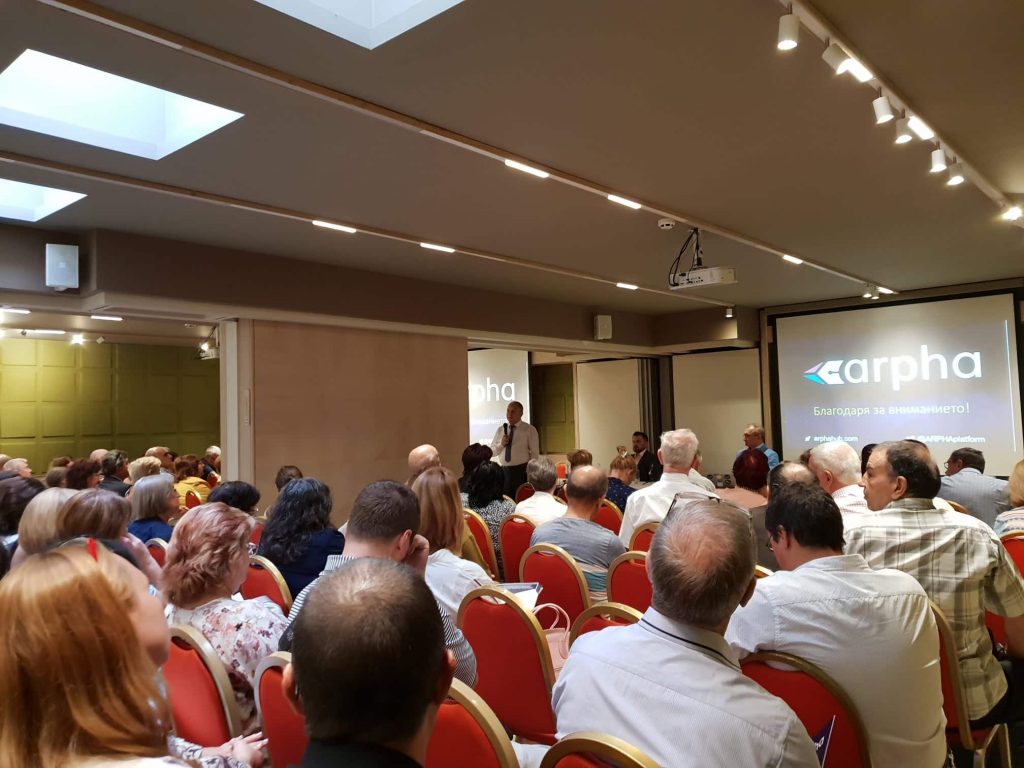
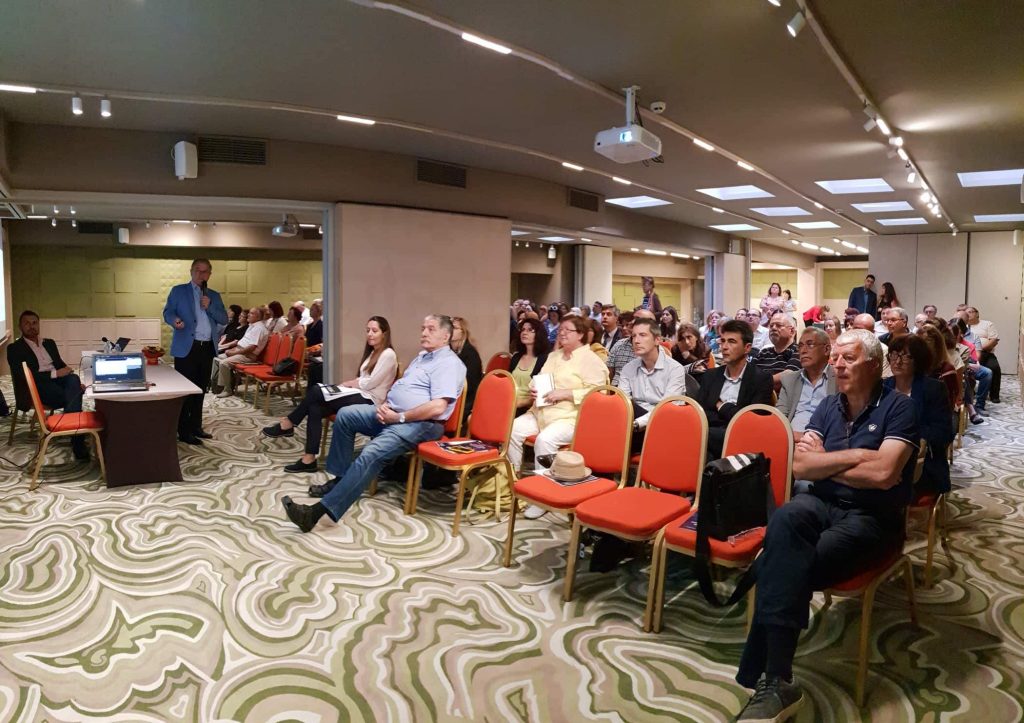
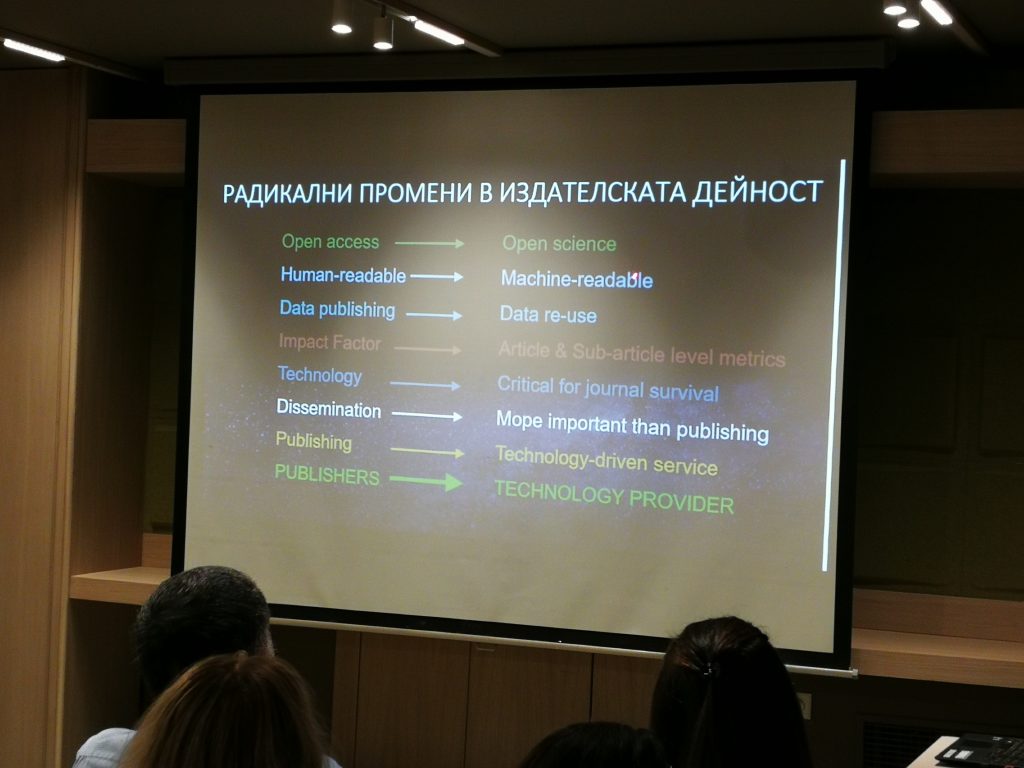


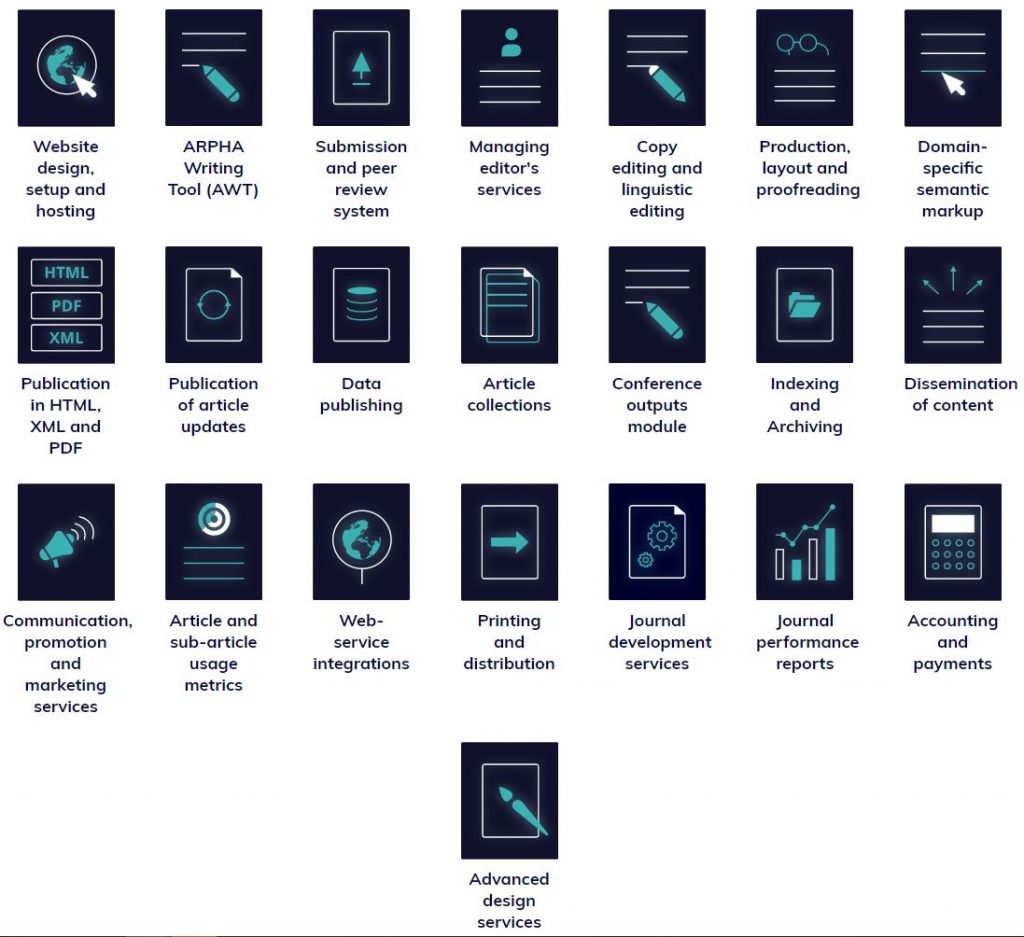
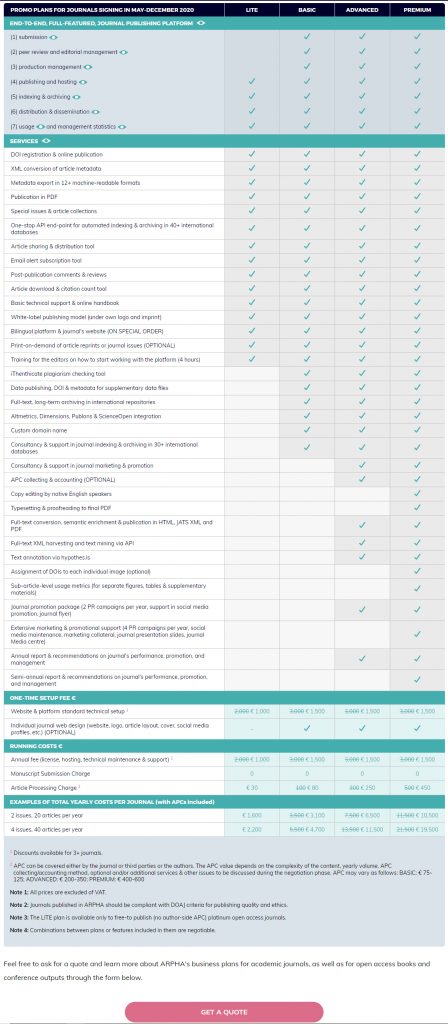


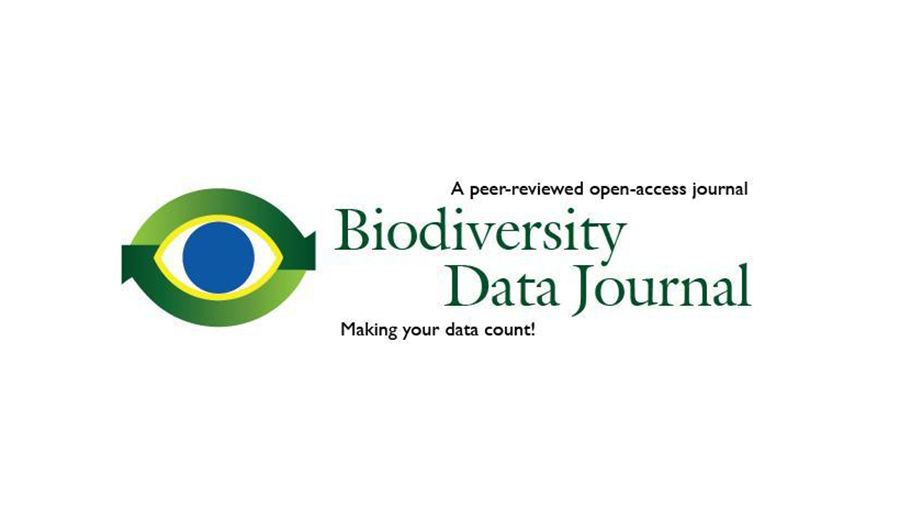

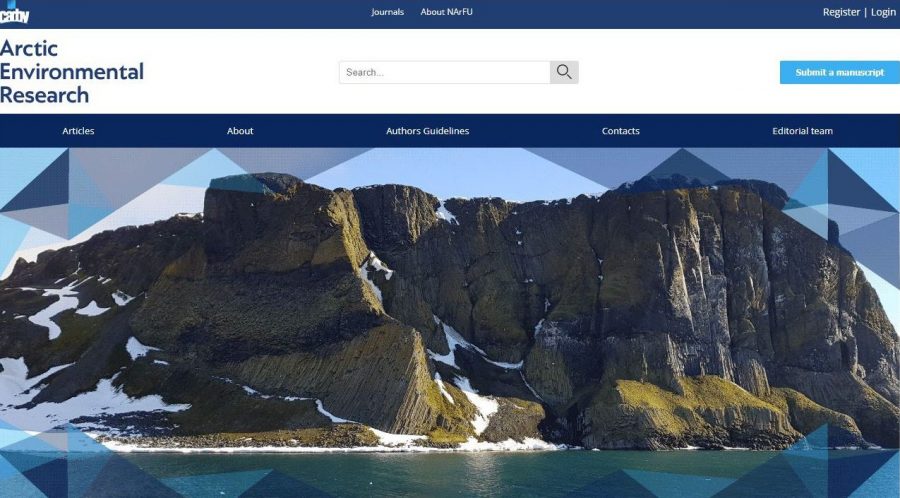

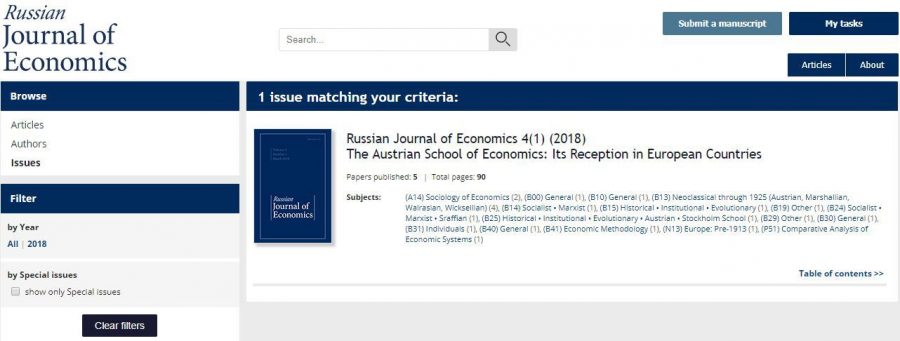

 What’s on in the new issue?
What’s on in the new issue?